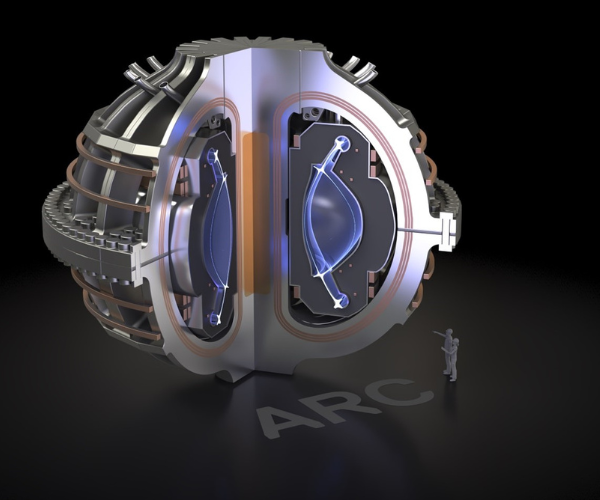Fusion energy has always been the Holy-Grail of achieving abundant energy with regards to radio-active by-products. Fusion is the opposite to fission where splitting of the atom occurs. In Fusion components of atoms that have been split are forced together and in this process, energy is released.
Fusion energy has both disadvantages and advantages, some are as follows:
- Currently the technology for viable commercial production is unavailable.
- Potential future developments could provide green energy with the by products being water and a radioactive product with a half- life of approx. ten years.
The UK has indicated that the first commercial based reactor (code-named Apollo) will be operational in Norwich in 2040. Fusion has the potential for future energy supplies and is the New Space Race. The obstacle has always been the fact that the input energy has not equaled the output energy. However various Institutes, many located in Central Europe and the USA are examining in many instances various ways of creating fusion via cold of hot methods. Some of these methods involve the use of Hydrogen Isotopes such tritium and cost-efficient processes may take many decades to materialize, however a recent BP report that suggested that by 2050 80% of all energy will be renewable in nature may hasten the search for new sources of energy.



